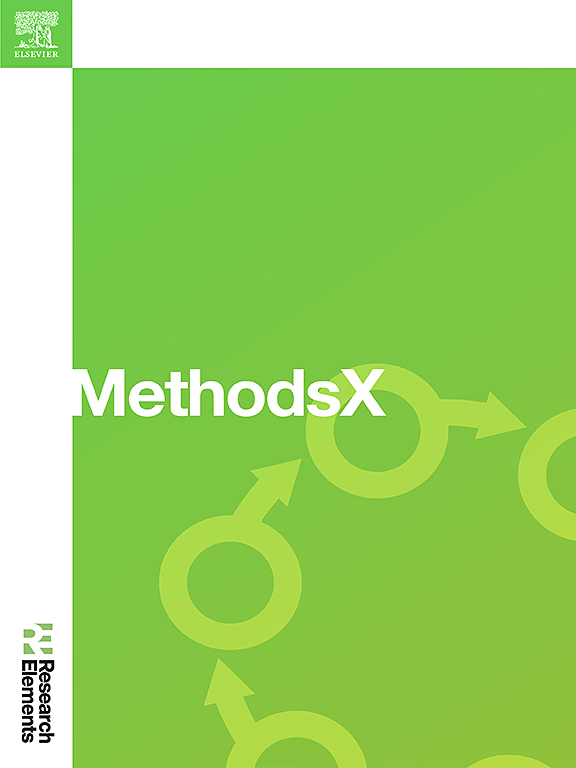Parkinson’s disease detection using inceptionV3: A Deep learning approach
IF 1.6
Q2 MULTIDISCIPLINARY SCIENCES
引用次数: 0
Abstract
Parkinson's disease (PD) is a neurodegenerative condition that progressively affects motor function and causes tremors, rigidity, and bradykinesia. Detection of PD at an early stage is important to ensure timely intervention and better patient outcomes. This study uses deep learning algorithms to classify spiral images traced by patients as an inexpensive diagnostic technique for the detection of PD. A database consists of spiral images drawn manually by PD patients and normal individuals, divided into training and testing sets. To discriminate between spiral drawings of Parkinsonian and healthy cases four Convolutional Neural Network (CNN) architecture like DenseNet121, InceptionV3, VGG16, and LeNet are used. Followed by transfer learning which is employed to improve model performance by extracting fine motor impairment patterns in the spirals. DenseNet121 and InceptionV3 achieve competitive performance with 98.44 % accuracy, whereas VGG16 demonstrates excellent feature extraction performance. The study emphasizes the relevance of deep learning in non-invasive PD diagnosis, as a consistent, efficient, and automated method of early detection. The future can be directed towards the combination of spiral images with other biomarkers or a broader data set with other motor measures in a wider disease assessment.
- •The study focuses on enhancing features extraction by leveraging hybrid deep learning models, improving classification performance.
- •Implementation of features scaling leads to better model performance, with improved accuracy.
- •The comparative analysis of CNN architecture provides valuable insights into balancing computational efficiency and classification performance.

使用inceptionV3检测帕金森病:一种深度学习方法
帕金森病(PD)是一种神经退行性疾病,它会逐渐影响运动功能,导致震颤、僵硬和运动迟缓。早期发现PD对于确保及时干预和改善患者预后非常重要。本研究使用深度学习算法对患者追踪的螺旋图像进行分类,作为一种廉价的PD检测诊断技术。数据库由PD患者和正常人手工绘制的螺旋图像组成,分为训练集和测试集。为了区分帕金森病和健康病例的螺旋图,使用了四个卷积神经网络(CNN)架构,如DenseNet121、InceptionV3、VGG16和LeNet。其次是迁移学习,通过提取螺旋中的精细运动损伤模式来提高模型的性能。DenseNet121和InceptionV3的准确率达到了98.44%,而VGG16表现出了出色的特征提取性能。该研究强调了深度学习在非侵入性PD诊断中的相关性,作为一种一致、高效和自动化的早期检测方法。未来可以将螺旋图像与其他生物标志物或更广泛的数据集与其他运动测量相结合,用于更广泛的疾病评估。•该研究的重点是通过利用混合深度学习模型增强特征提取,提高分类性能。•实现特征缩放导致更好的模型性能,提高准确性。•CNN架构的比较分析为平衡计算效率和分类性能提供了有价值的见解。
本文章由计算机程序翻译,如有差异,请以英文原文为准。
求助全文
约1分钟内获得全文
求助全文
来源期刊

MethodsX
Health Professions-Medical Laboratory Technology
CiteScore
3.60
自引率
5.30%
发文量
314
审稿时长
7 weeks
期刊介绍:
 求助内容:
求助内容: 应助结果提醒方式:
应助结果提醒方式:


